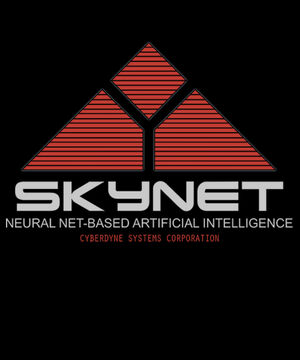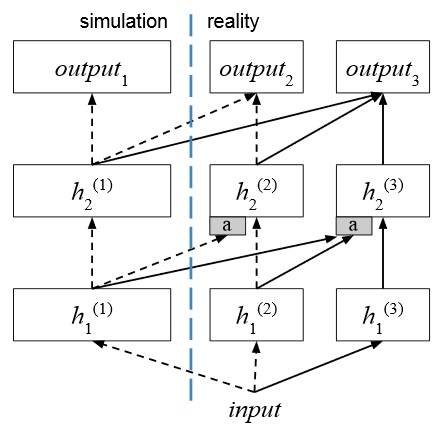The UK government does not have a clear strategy on how to maximise AI and robotics for economic benefit, according to the Commons Select Committee for Science and Technology.
This conclusion was published today
in a report by the committee, which earlier this year launched an inquiry into Blighty's take up of artificial intelligence.
After calling on the expertise of industry and research leaders – including bods at Google DeepMind in London – the committee highlighted the government’s inadequacy to deal with the emerging technology of robotics and automated systems (RAS).
The UK government promised to establish
a RAS Leadership council to kickstart the development of skills and investment needed for AI and robotics to grow in March 2015. Since that pledge was made, however, there has been “no sign” of the government delivering on its promise, causing the UK to fall behind other countries in using robotics and AI for increased productivity.
Paul Mason, director of emerging tech at Innovate UK, told the committee “the numbers for last year show that installed shipments of robots in China were 75,000 compared with 2,400 in the UK.”
Referencing McKinsey, a global consulting firm, the committee believes that RAS technology “would have an impact on global markets of between $1.9 and $6.4 trillion per annum” by 2025.
But, because the UK has been slow to adopting the technology, Professor Philip Nelson of Research Councils UK thought that it was “probably losing market share,” compared to China, South Korea and Japan.
The Number 10's dedication to improving UK research into AI and robotics was also called into question, after it was revealed that 80 per cent of RAS funding is provided by the European Union.
EU
science funding hangs in the balance following the UK’s decision to support Brexit. If money for machine-learning boffinry dries up then the RAS research and industry may suffer, the Prime Minister’s Council for Science and Technology warned.
Although the government have increased the EPSRC funding amount in RAS technology by three times since 2010, bringing the current total to £33.8m, it is not enough, according to the Research Councils UK.
The UK needs to “move from isolated pockets of excellence to the formation of a national research, training and innovation infrastructure.”
The situation gets worse. Aside from economic issues, the UK government is ill-equipped to deal with the possible disruption that the “fourth industrial revolution” will bring, as it has not published its Digital Strategy, which has been pushed back in favour of dealing with Brexit-related issues.
It doesn’t help, however, that the response to how AI and robotics will affect jobs in the future was conflicted.
Various experts agreed that the technology would increase productivity, but some predicted increased job losses, whilst others believed new jobs would be created in the process.
Google DeepMind thought that using AI would provide “new areas of economic activity and employment,” but that certain types of skills will decrease in relevance.
The Science and Technology committee has urged the government “without further delay” to establish a RAS Leadership council with a clear strategy – or “the productivity gains that could be achieved through greater uptake of the technologies across the UK will remain unrealised.” ®



